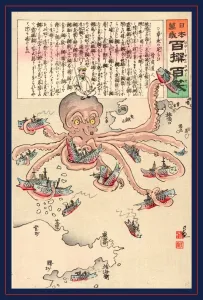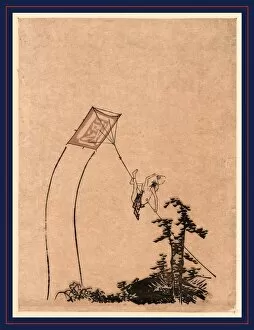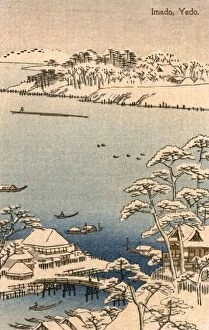Tako Collection
"Tako: A Journey through Art and Culture" Step into the world of "tako, " a word that holds various meanings and interpretations
All Professionally Made to Order for Quick Shipping
"Tako: A Journey through Art and Culture" Step into the world of "tako, " a word that holds various meanings and interpretations. From its literal translation as "octopus" to its symbolic representation in art, tako takes us on a captivating journey through time. In the late 19th century, artist Kobayashi Kiyochika captured the essence with his woodcut print titled "Tako no asirai, " depicting an octopus treading gracefully. The intricate details and vibrant colors bring this aquatic creature to life, showcasing Kiyochika's mastery of his craft. But tako is not limited to just one form. In another woodcut print titled "Tako ni noboru otoko, " we witness a young boy flying a kite against the backdrop of Enshu Fukuroi. This artwork from between 1830 and 1870 showcases how they are be seen as a symbol of freedom and joy, as the boy soars high above with his colorful kite. Beyond art, it also finds its place in Japanese culture. Matsuchiyama Shodengu Temple near Imado-bashi Bridge in Tokyo stands tall as a testament to the spiritual significance associated with this creature. Visitors flock here seeking blessings for prosperity and good fortune, believing that tako brings luck into their lives. As we delve deeper into the enigmatic world of tako, we discover its multifaceted nature - from being an intriguing subject for artists like Kiyochika to becoming intertwined with cultural practices at temples like Matsuchiyama Shodengu. So next time you encounter an octopus or come across artworks portraying them, remember that there is more than meets the eye. Tako represents not only beauty but also symbolism deeply rooted in Japanese history and tradition – it invites us to explore further and unravel its secrets within art and culture alike.







